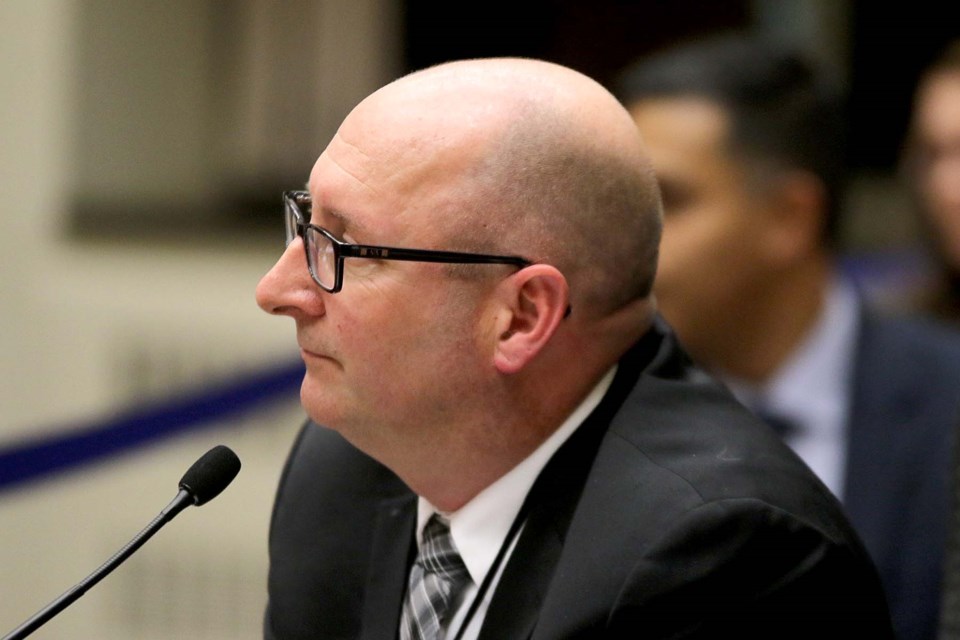THUNDER BAY – Tourism is facing plenty of challenges in Thunder Bay, but Paul Pepe says the city is still well positioned to attract visitors.
It starts with the Canadian dollar.
Pepe, the city’s tourism manager, on Monday night told city council the sinking Loonie makes Canadian destinations, like Thunder Bay, that much more attractive to American tourists, while also encouraging those living north of the border to explore closer to home.
“The lower Canadian dollar has helped us attract more Canadian visitors,” Pepe said. “It also keeps Canadians travelling domestically.
Pepe told council the city has seen a two per cent increase in traffic at its visitor’s centres, and there has been a two per cent increase in travellers at the Pigeon River border crossing.
Over the past year the city has seen an eight per cent growth in hotel rooms available. That represents about 190 more rooms.
Not surprisingly, Pepe said, the additional rooms meant a slight drop in the occupancy rate, from 74.7 per cent in 2018 to 72 per cent in 2019. At the same time, one-night room rate averages increased from about $122 a night to $126.
Still, there’s plenty of room for growth, Pepe said. The leisure market represents just one-sixth of the overall tourist numbers, which are augmented by business, mining and health-related visits to Thunder Bay.
The city still fares well when compared to other communities.
“We remain one of the highest occupancy rates in Canada,” Pepe said.
The city routinely ranks in the top five to 10 in that category across the country, at least in the summer.
“We do need to build capacity in the winter months.”
The comment led to a question from McKellar Coun. Brian Hamilton, who said he’s never seen a skiing-related billboard or ad promoting Thunder Bay to outdoor enthusiasts.
“Are we missing an opportunity there on the skiing front?” Hamilton asked.
Pepe agreed the city could do a better job promoting itself on that front.
Thunder Bay has established itself as a culinary destination, drawing the attention of the New York Times. In total, earned media values added up to about $3.5 million this year, thanks in part to some high-profile visits from The Amazing Race Canada, the New Canadians, Discovering Canada and an article in Porter Airlines Re-Porter in –flight magazine.
“If we had to pay for that space, if we had to pay for that time, that is what the value is,” Pepe said, adding it will likely grow to as much as $4.5 million by year’s end.
The news isn’t all good.
Pepe said it’s tough to convince tourists in Duluth to come to Thunder Bay to shop, given their own market options and the proximity of Minneapolis and St. Paul just two hours to the south.
The region is also dealing with fewer provincial dollars to promote the Northwest, thanks to austerity programs up in place by the year-old Conservative government at Queen’s Park.
“The regional tourism unit budget is down 20 per cent,” Pepe said.
In comparison, the Ford government cut Toronto’s budget by 50 per cent and Ottawa’s by 100 per cent.
Pepe said in 2020 the city’s tourism department, now a subsidiary of the Community Economic Development Commission, will focus on four key areas: leisure, including close-haul, North American experiential tourists; sport and event attraction; corporate meeting and convention attraction and the travel trade, including the return of cruise ships to Thunder Bay.
